What Would Mold Do To You?
Mold is a type of fungi that grows in damp and humid conditions. It can cause various health issues including allergies, asthma, skin rashes, respiratory conditions, and even cancer if left unchecked. However, it’s important to know what mold does to you so you can take the necessary steps to prevent any serious health problems from developing. What will mold do to your health? So, what would mold do to you?
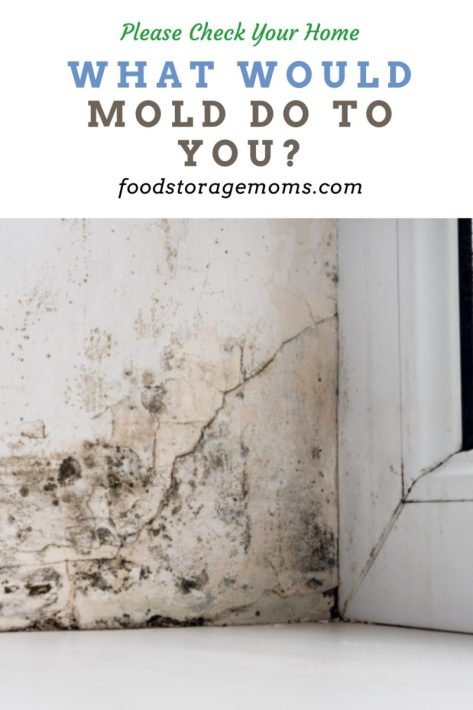
What Would Mold Do To You?
Allergies
When exposed to mold spores, your body’s immune system will react by producing histamine which causes an allergic reaction. Symptoms of an allergic reaction include irritation of the eyes and nose, sneezing, coughing, and wheezing. In some cases, people may also experience skin rashes or hives as well as difficulty breathing or a feeling of tightness in their chest.
Asthma
Mold spores are often small enough to be breathed in by individuals with asthma or other respiratory conditions. This can cause inflammation inside your lungs, leading to coughing fits and difficulty breathing. If you already suffer from asthma or are predisposed to it, then exposure to mold could be particularly dangerous for you because it could trigger an asthma attack even if your doctor has deemed you not at risk of one. The development of asthma can be scary, so try to make sure you are not exposed to mold for any length of time.
Skin Rashes & Other Skin Conditions
In some cases, people may develop skin rashes due to exposure to mold spores. This can range from mild redness and itchiness on the surface of the skin all the way up to more severe forms such as dermatitis herpetiformis which is an autoimmune disorder causing blistering of the skin. Other types of skin conditions such as athlete’s foot have also been linked to mold growth in damp environments such as showers and bathrooms.
Respiratory Conditions & Cancer
Long-term exposure to high levels of airborne mold spores has been linked with the development of certain respiratory illnesses such as chronic sinusitis and hypersensitivity pneumonitis (HP). Prolonged exposure has also been linked with an increased risk for several types of cancer including lymphomas and sarcomas (soft tissue cancers).
It’s important that individuals who believe they have been exposed take appropriate measures. Such as removing any source material (e.g., carpeting or wallpaper) that could be causing dampness inside their home or place of work before considering any medical intervention. If caught early enough these steps may help prevent more severe health problems from developing down the line.
Toxic Mold
I quote, FPRestoration, “Toxic mold can also have a grayish, soot-like texture, or a slimy, wet surface. In some cases, you may even notice furry orange or brown spots. If you find mold with any of these qualities in your home, don’t get too close, and call a professional right away.”
Mark and I went to Sanibel Island, Florida, and stayed in a rented home several years ago. The minute we walked in it smelled musty, and I mean a stinky musty smell. After staying a week there our clothes smelled musty even after washing them 7-8 times. We ended up having to throw out our luggage, trust me we tried everything to get the smell out, but we couldn’t. As I think back on that trip I know it was mold, you never get that smell out of your head.
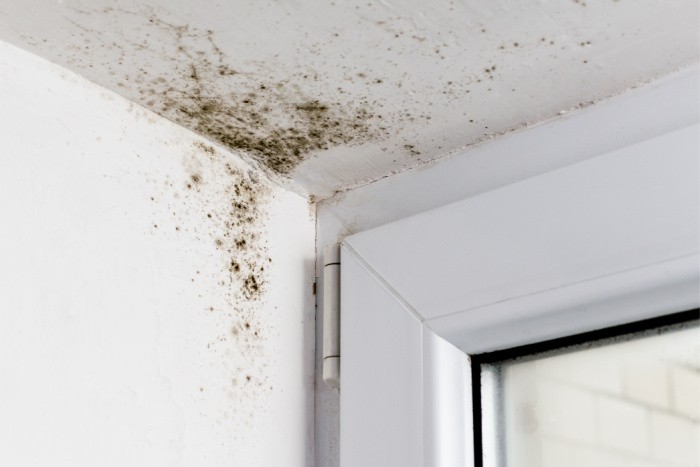
Other Health Problems Mold Can Cause: What Would Mold Do to You?
- Respiratory problems
- Respiratory infections
- Nasal congestion
- Allergy symptoms
- Watery eyes and itchy eyes
- Severe reactions
- Chest tightness
- Mold poisoning
- Sore throat
How to Prevent Mold From Causing Issues
Mold is a common problem in many homes, often causing issues like property damage, health problems, and unpleasant odors. Fortunately, there are a few simple steps you can take to prevent mold from becoming an issue in your home.
Keep It Dry
The easiest way to prevent mold growth is to keep the interior of your home as dry as possible. This means monitoring areas that have the potential for standing water or high humidity levels. Including bathrooms, kitchens, basements, and laundry rooms. Make sure these areas are well-ventilated and that any leaks are quickly repaired. Similarly, if any items get wet due to flooding or other accidents, be sure to dry them off immediately and use a dehumidifier if necessary. Indoor environments have to be kept dry so that different types of mold don’t grow. Outdoor environments can also grow mold, but the rules for keeping the presence of mold are a little different.
Indoor spaces:
- Improve ventilation and air circulation by regularly opening windows and using fans.
- Keep humidity levels low by using dehumidifiers or air conditioners.
- Rinse bathrooms with vinegar and baking soda weekly to keep the surfaces free of mold spores.
- Check and clean around any leaking pipes that can lead to high moisture levels in certain areas of the home.
- Regularly inspect crawlspaces, attics, basements, and other areas prone to higher levels of dampness or moisture build-up.
- Repair any water damage within 24-48 hours as this can prevent long-term mold growths in the home leading to potential health concerns for those living inside.
- Use exhaust fans when cooking or showering to help reduce humidity levels indoors as well as limit steam from entering other parts of the home which could contain mold spores from outside sources such as dirt and vegetation collected on shoes or clothing worn outdoors.
Outdoor spaces:
- Mow the lawn regularly and remove any dead vegetation to minimize damp surfaces that can attract spores from the environment.
- Clean gutters often of leaves, twigs, and other debris that can create standing water where mold can grow.
- Ensure your trees and shrubs are trimmed correctly because overgrown branches may trap more moisture which creates an ideal environment for mold growth.
- Repair and keep an eye out for any leaks in drains, sprinklers, or faucets as these can lead to damp soil which is a great place for spores to take root in-leading to larger colonies of mold over time outdoors.
- Plant ground covers such as rocks or stones around areas prone to moisture build-up like patios or decks. Do this to help reduce the pooling of water on those surfaces where mushrooms, mildew, and other types of mold could form.
Control Humidity Levels
Humidity is one of the main factors that contribute to mold growth, so it’s important to make sure humidity levels stay below 70%. You can purchase an inexpensive hygrometer from most hardware stores in order to monitor indoor humidity levels. If necessary, you can use a dehumidifier or independent air conditioner units (like those found in windowless rooms) to reduce humidity inside your home. Open windows on nice days and consider running a fan when taking showers or washing dishes in order to reduce moisture in the air.
Clean Regularly
Another important prevention measure is regular cleaning of surfaces that regularly come into contact with moisture (such as bathrooms and kitchens). Cleaning with anti-bacterial solutions can help keep fungus away while also providing extra protection against germs and viruses. In addition, vacuuming regularly will help remove dust and other particles that mold spores can feed on. You might not catch a mold problem right away, but when you clean on a regular basis, that is the best way to catch any mold problem that might become a health risk.
Check Before Moving In
If you’re in the process of moving into a new house or apartment, it’s important to check for signs of existing mold before signing any rental agreement or lease agreement. Some states may require landlords to provide information about any prior mold tests done at the property before signing the lease (or even offer free testing services upon request).
Making sure the property is free of significant amounts of visible mold before agreeing to live there will save you time and energy down the road should issues arise after move-in day. No matter the type of mold, always have someone check your home BEFORE you’re moving in. Don’t wait for allergic reactions to happen to you before you get moldy areas tested.
More Tips
- 3 Ways to Prevent Flooding
- Creative Water Storage Solutions for Emergencies
- How To Clean Your House And Stay Healthy
Final Word
if you think you might already have an infestation of mold, either due to visual sightings or persistent musty odor, seek professional help right away rather than trying DIY remedies which could lead to further damage if done incorrectly. With these tips for preventing and managing mold-related issues in mind, you’ll be able to keep your home safe and healthy for years to come! If you’re dealing with toxic mold, no matter the amount of mold, you should talk to someone that can help ASAP! May God Bless this world, Linda
Copyright Images: Moist Mold and Fungus AdobeStock_312809742 By IHX, Mold in the Corner AdobeStock_187525939 By andrei310, Mold in the Corner of the Plastic Windows AdobeStock_404612207 By andrei310

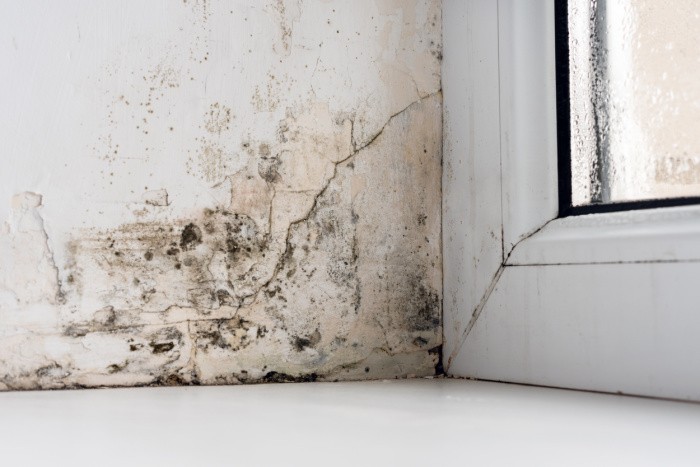



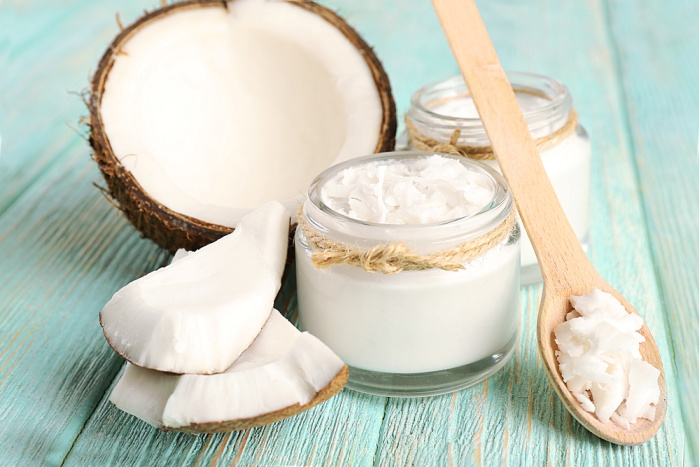



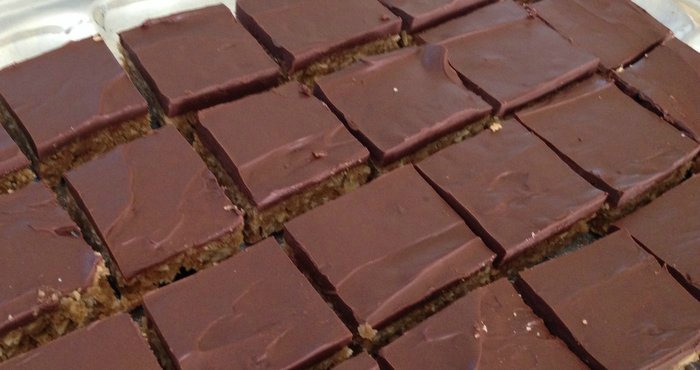













Linda,
Thanks for this post. It is very poignant for us. Our daughter and SIL were here last weekend and showed us pictures of mold in their apartment kitchen caused by a plumbing seep somewhere in the wall. They are having issues getting the apartment management to address the problem. They both have some intermittent respiratory issues and need to get something done about this or move. Unfortunately, they are under lease. Sending your post to them to help them in their efforts with the apartment management. Thanks so much.
Hi Harry, thank you for your kind words. There is more mold out there than people are aware of, I hope this article helps a family or two. So many states have dampness year-round and most have mold. My daughter had to purchase a dehumidifier (or something to remove the moisture from their rental) because their son was getting sick all the time. I saw on the news that the recent tornado in Mississippi has brought mold out from the damaged homes and buildings. It’s scary stuff for everyone around. I sure hope your daughter and SIL get help to eradicate the mold. I wonder if the health department could help, not sure it would. But they condemn homes for other issues. Linda
Excellent post Linda!! A number of years ago we had a black mold problem that required extensive repair. Unbeknownst to us our washer was dripping water, seeped into the floor of the adjoining guest room and into the walls. The shared wall had to be replaced as did part of an outside wall and a whole lot of floor – including the supporting beams! What a chore!
We have since moved but I can assure you we check frequently for any leaks near ANY water source! Dangerous stuff!!
Harry in Texas – I sure hope your family is able to get their problem rectified asap!!
Hi Beth, thank you for your kind words, my friend. Wow, what a mess you had to endure getting all that cleaned up and eradicated. Plus, the flooring and supporting beams!!! I can’t imagine having to go through that much cleanup!! We must all look for mold, thank you for sharing. Linda
I am one that has allergies to molds. It’s not fun. I do take meds. In our house, we treat the mold as soon as it’s visible. Which isn’t often. We try to keep it really dry in here. Even though I have issues with really dry air, too. LOL We do run our attic fan weather permitting, in spring and fall. Otherwise, we use the central heat or air conditioner. I do have seasonal allergies, as well. I take prescription meds year round. I’m lucky that things aren’t worse than they are. I feel that no matter how bad it is, it can always be worse, so I try not to complain too often.
Oh, and I’ve only ever lived in an apartment for 6 months total. Don’t like them. I’d rather have a house I’d at possible.
Hi Deborah, wow, allergies are not fun!! Mold is real and I want to make people aware of it. I’m glad you are able to get a prescription to help with the allergies!!! Having a house is nice but with it comes its own issues, paying for repairs and upkeep. Renting is good if you have a good landlord. Life is good if we have a place to live! It’s all good, Linda
Linda, so far we’ve been able to do our repairs ourselves. We’ve done water leaks, replaced carpets with laminate flooring and more.
HI Deborah, laminate helps with allergies as well. No carpet, no hidden stuff. I’m glad you are able to repair the stuff yourself. Linda
Mold is a scary issue and can cause chronic health problems. Our oldest daughter lived in Monterey, CA for a number of years. That was 12+ years ago and still troubles her today. Fog rolls in twice a day, so nothing ever truly gets dry. Makes for great farming conditions, but not for people! I have walked into a hotel room and walked right back out due to the mold I smelled! Spotted it right inside the door when manager came check it out. Those under the window air conditioners in hotels are the worst!
If someone haas ever been exposed to mold, working with a functional medicine doctor (real MD) is the best course of action.
HI Marilynne, wow, I’m sorry to hear about your daughter and the fact she still is having issues. Thanks for the tip on working with a functional real MD. Great idea, Linda
I too am allergic to mold. Things get cleaned often. I have actual chemicals I will use on mold.
Hi Janet what chemicals are you using for mold to keep it clean? Wow, this is terrible at least you know what to do! Linda
I use a product called RU-141. It cleans and kills mold. I usually use something less harsh for other cleaning, but this works on mold.
Hi Janet, thank you!!! Linda
Although I haven’t had mold reactions myself, two of my horses have. Our previous barn had stalls in the bottom level of a bank barn–stone foundations on 3 sides, wall with windows and doors on the downhill side–free of drafts, but always a bit dank. A then-young and promising Thoroughbred I got developed a deep, chronic cough, with no apparent cause, necessitating retiring him to be a pasture ornament. Several years ago, when we moved the horses up into the new barn, his cough gradually lessened (although, 8 years later, it *is* still present). My mind went back to another Thoroughbred I’d had–also in the bank barn, in his later years–he, too, had had an occasional troubling cough, and once had even collapsed in his stall, which sadly resulted in my putting him down. At the time we decided it was possibly a pollen allergy… But in hindsight (vet in agreement), almost certainly due in both cases to mold, even though we never noticed any. Insidious, debilitating, and long-lasting (given the problems the current horse still has, years after moving to a dry and airy location). Take no chances.
HI Rhonda, oh my gosh, it sure sounds like they were exposed to mold. The cough, I can’t even imagine having to put down a horse after it collapsed in the barn. You are so right, take no chances. Thank you for sharing, this will for sure help others, thank you, Linda
This is so right because we lived in a house with a leaking foundation and had no idea! Luckily we didn’t have any mold, but if we didn’t press for new carpet, they probably never would have done it.
Hi Jessica, I’m glad you didn’t have mold!! It’s scary when you find water, glad you were able to salvage the carpet or furniture. Linda